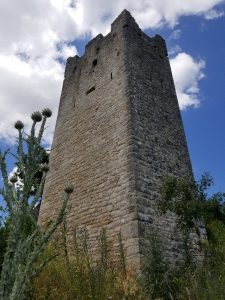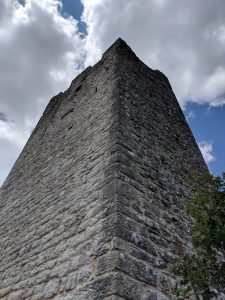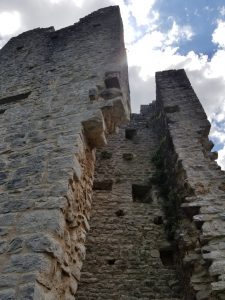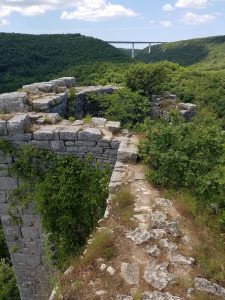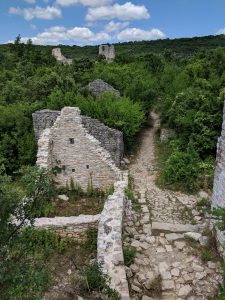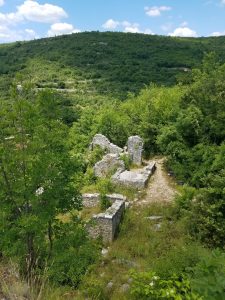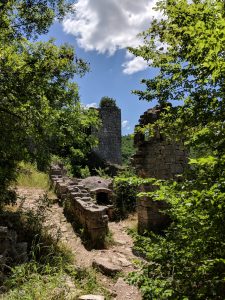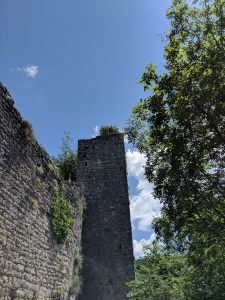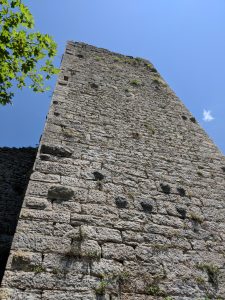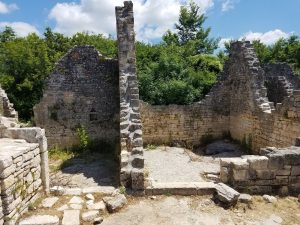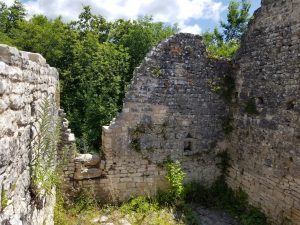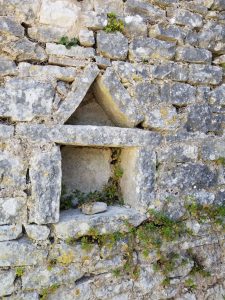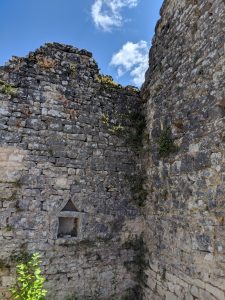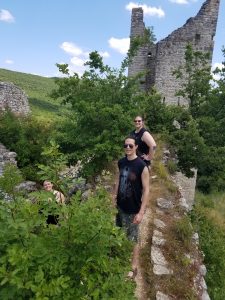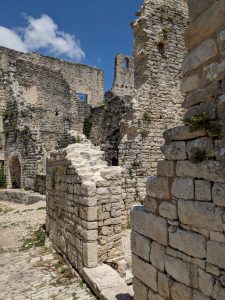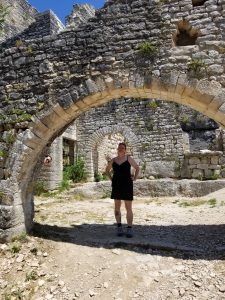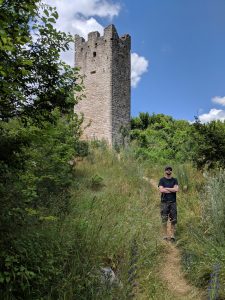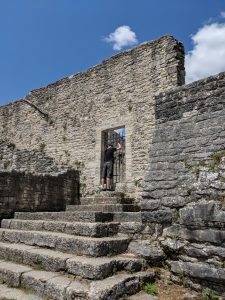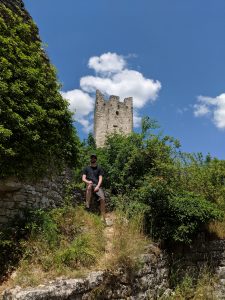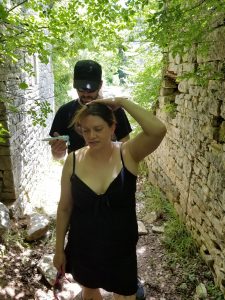Dvigrad Ruins, Croatia
Strewn across the Istrian Peninsula, Roman ruins are plentiful.
Truly, it was thrilling for me to get to explore some of them.
I tried to pay attention to every detail, but they were endless.
I was full of awe everywhere we went in Croatia.
June 24th 2019 – We began in Pula and drove to Rovinj, stopping at the Dvigrad Ruins along the way.
The sun shone bright and the day was warm.
And when I say bright, I mean blindingly bright!
And by warm, I really mean hot!
Summer sunshine.
Sunblock and sweat.
Such an uncomfortable thing for me.
But Dvigrad.
Dvigrad was absolutely worth my discomfort.
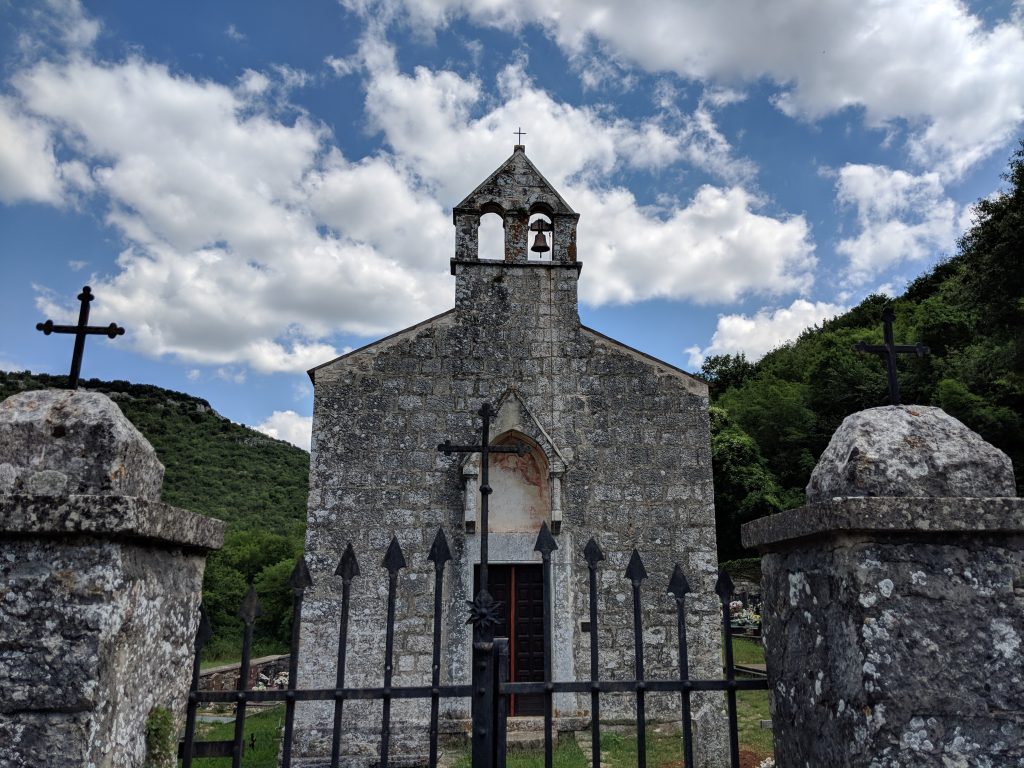
Exploring Dvigrad Ruins
Dvigrad (Slovenian) translates to two cities.
Duecastelli (Italian) translates to two castles.
“Today’s ruins are the remains of the northern town of Moncastello, while the other one, Castel Parentino, was abandoned in the 10th century.” Istria Culture
Romantically Tragic Tangible History
- First mentioned in 879, Dvigrad was abandoned by most of its inhabitants by 1630 because of the plague and malaria.
- Dvigrad is considered to be a well preserved, typical, medieval town castle.
- Encircled by two rings of town walls, connected by the town gate, with three defensive towers (we only saw two).
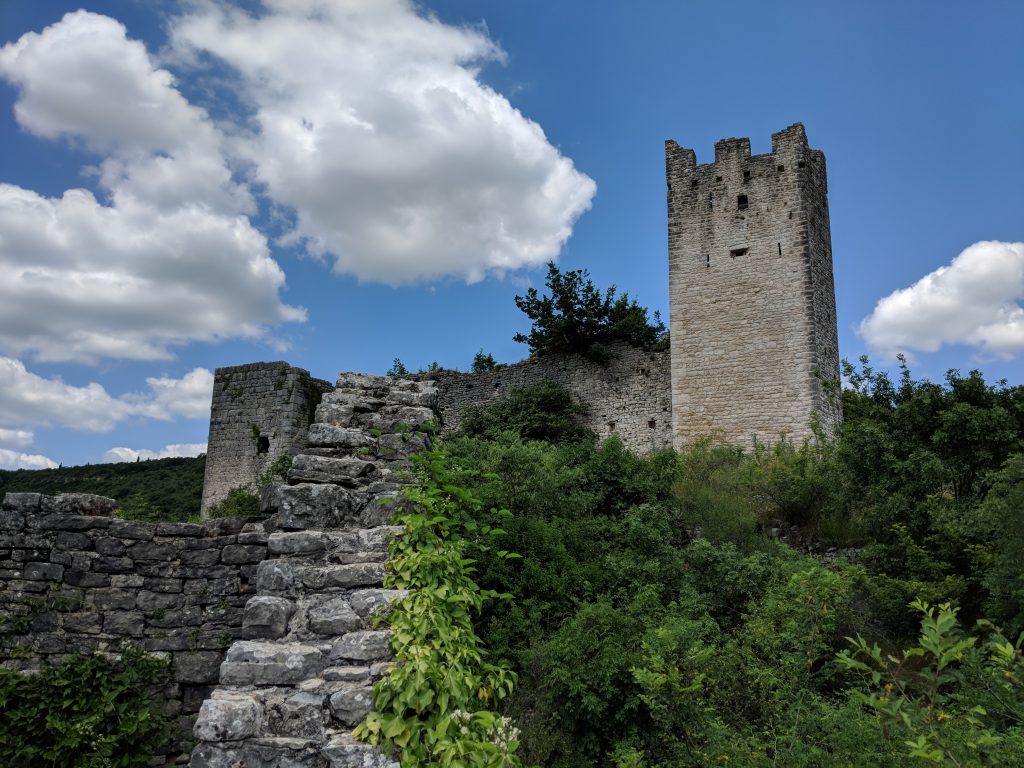
Whimsically, I hopped out of the car and went towards the tower!
Impressed with the ruins lying out in front of me I took a moment to appreciate where I was (and let everyone I was with catch up with me).
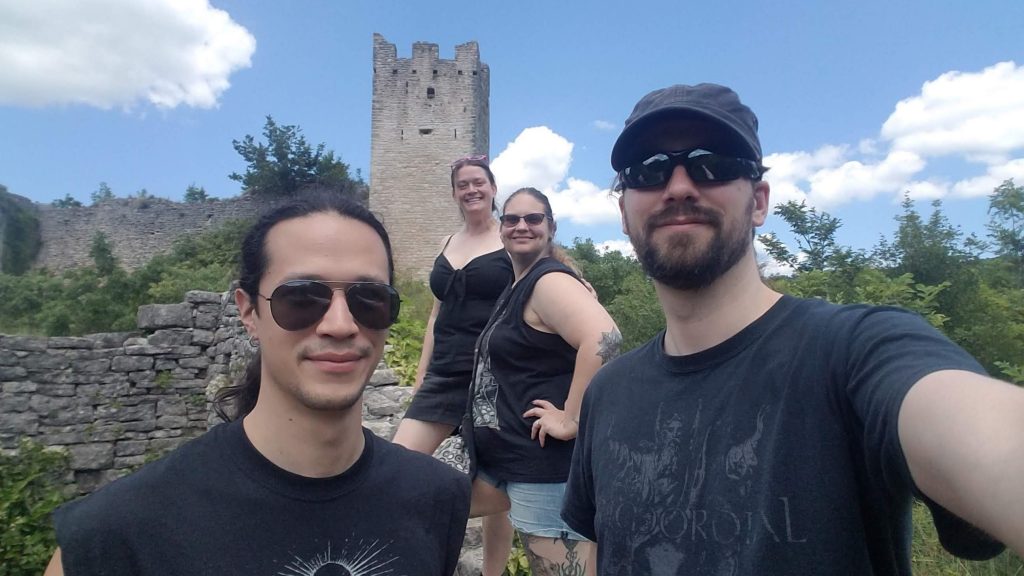
- In order to differentiate between the two defense towers we saw at Dvigrad, I gave them names (Castle Tower & Gate Tower) based on their location.
Castle Tower
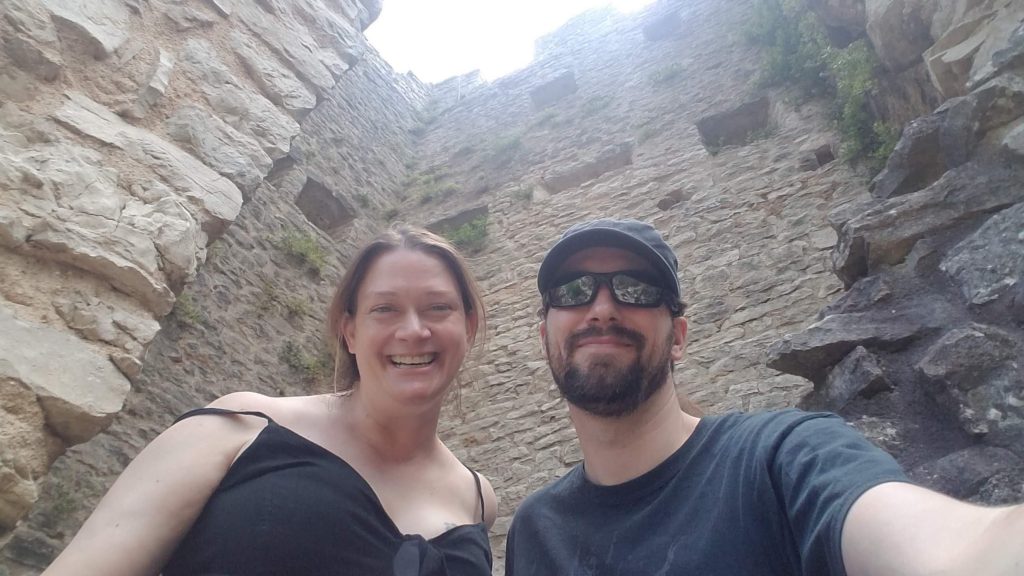
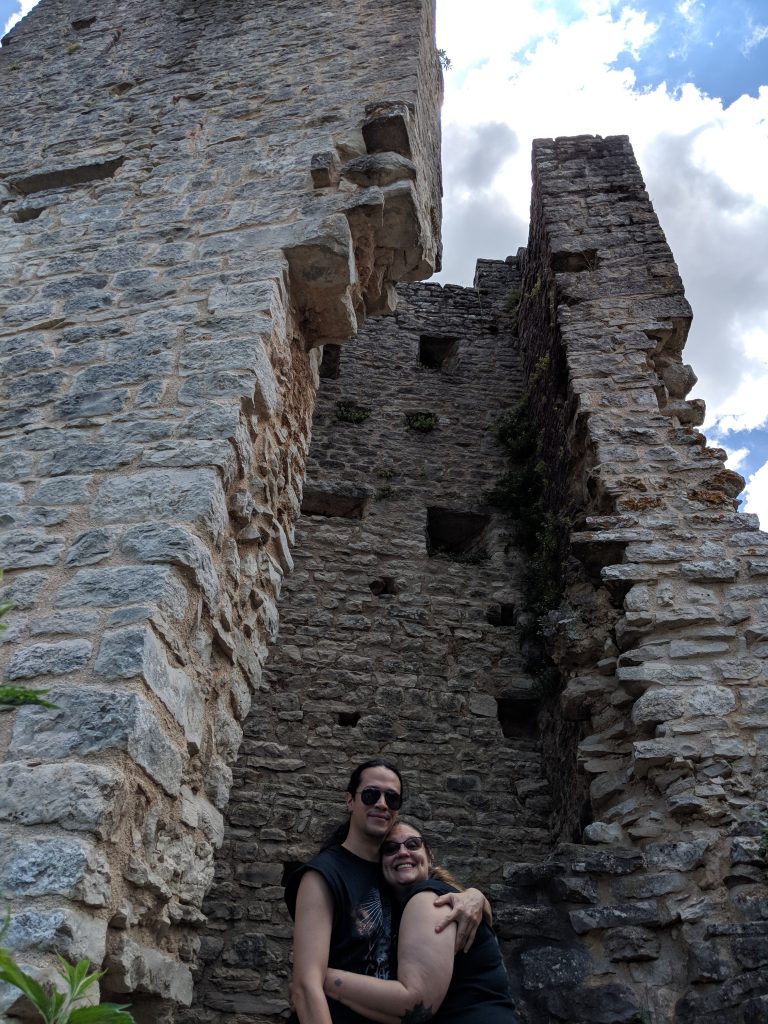
Castle Wall
Between the Castle Tower and the Gate Tower is an old city wall, where you can walk along gently and see for miles in any direction.
Gate Tower
Dvigrad Ruins
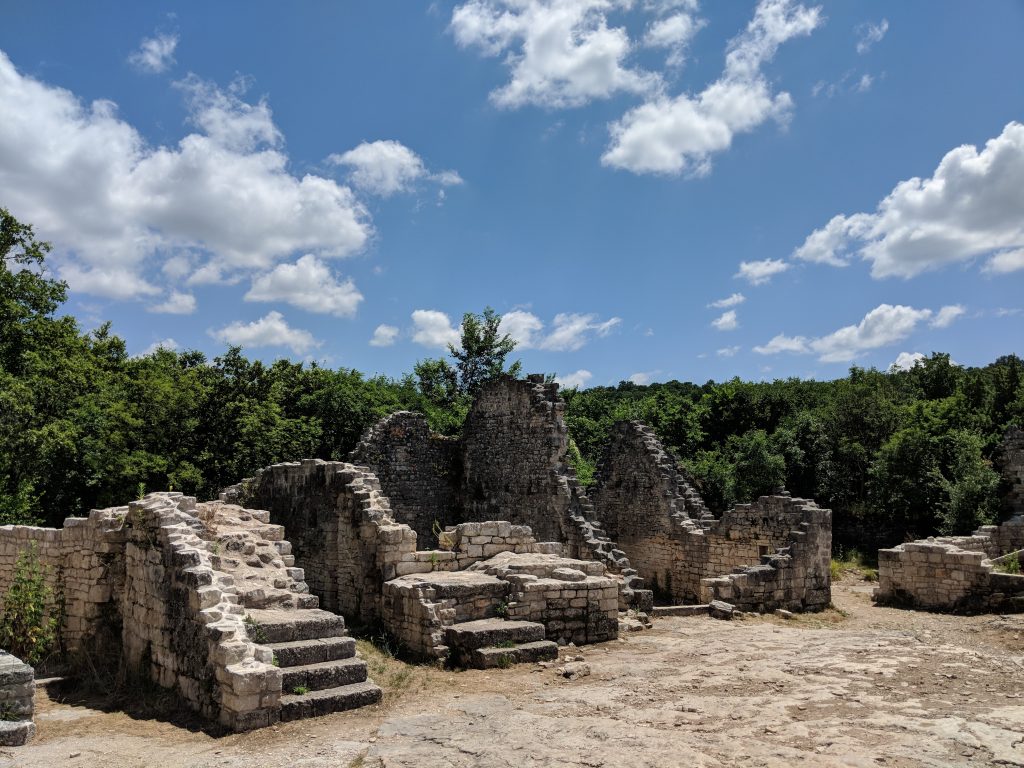
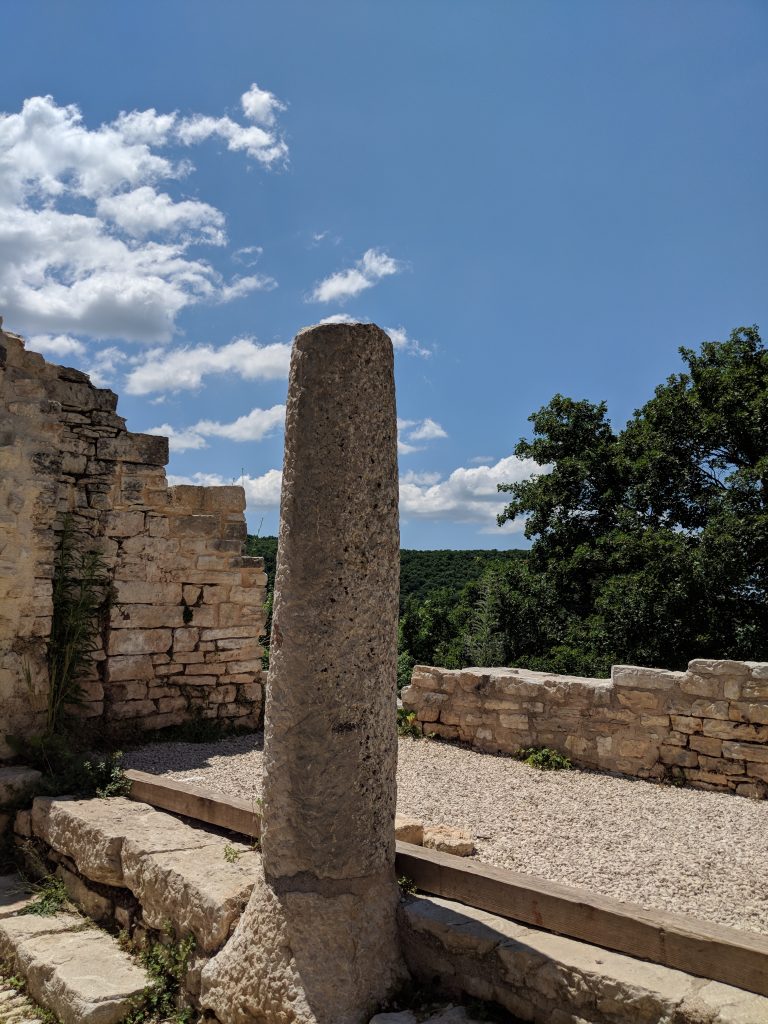
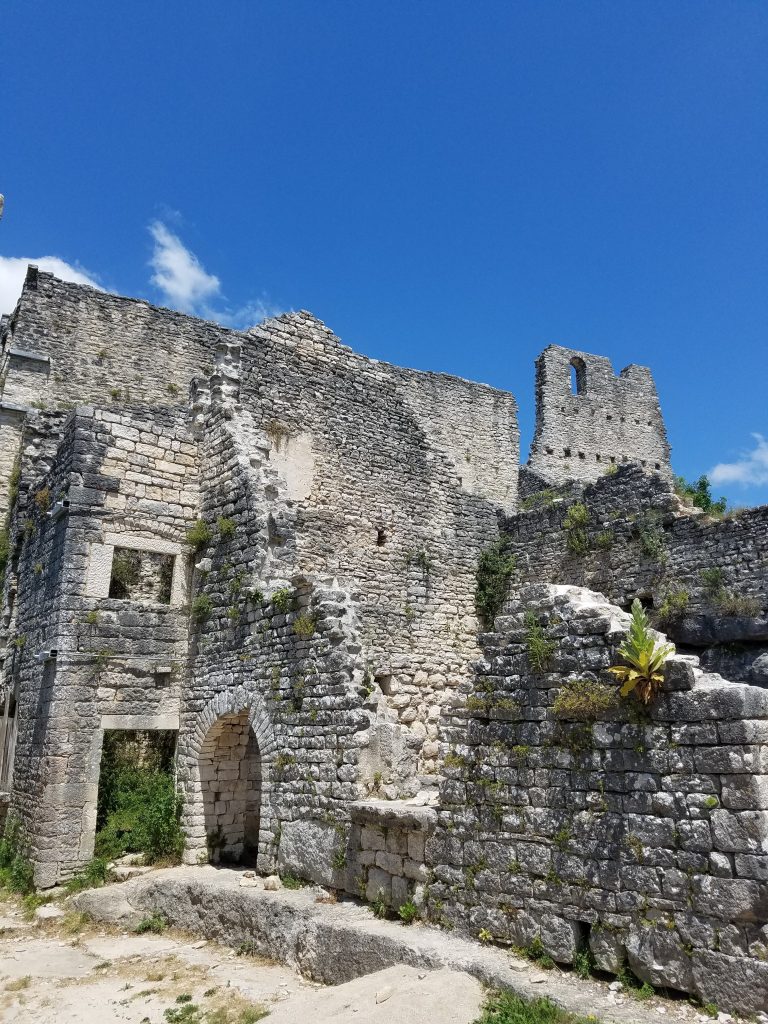
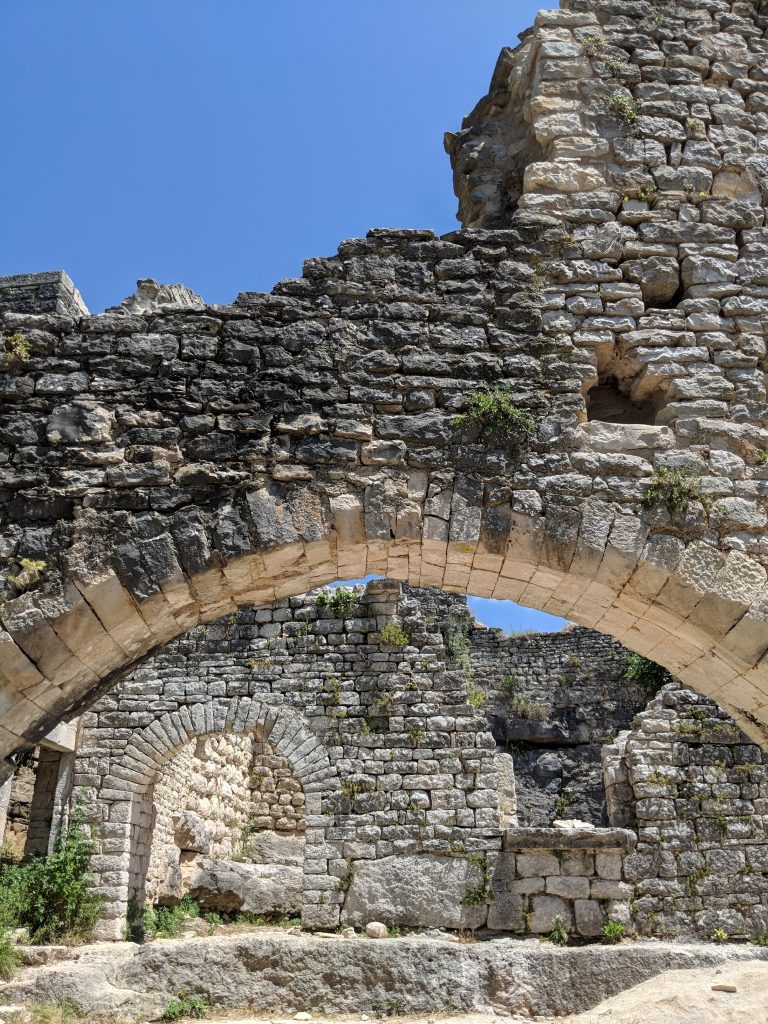
The Church of St. Sophia
- Located on the highest point of town, the Church of St. Sophia was built during the 13th century.
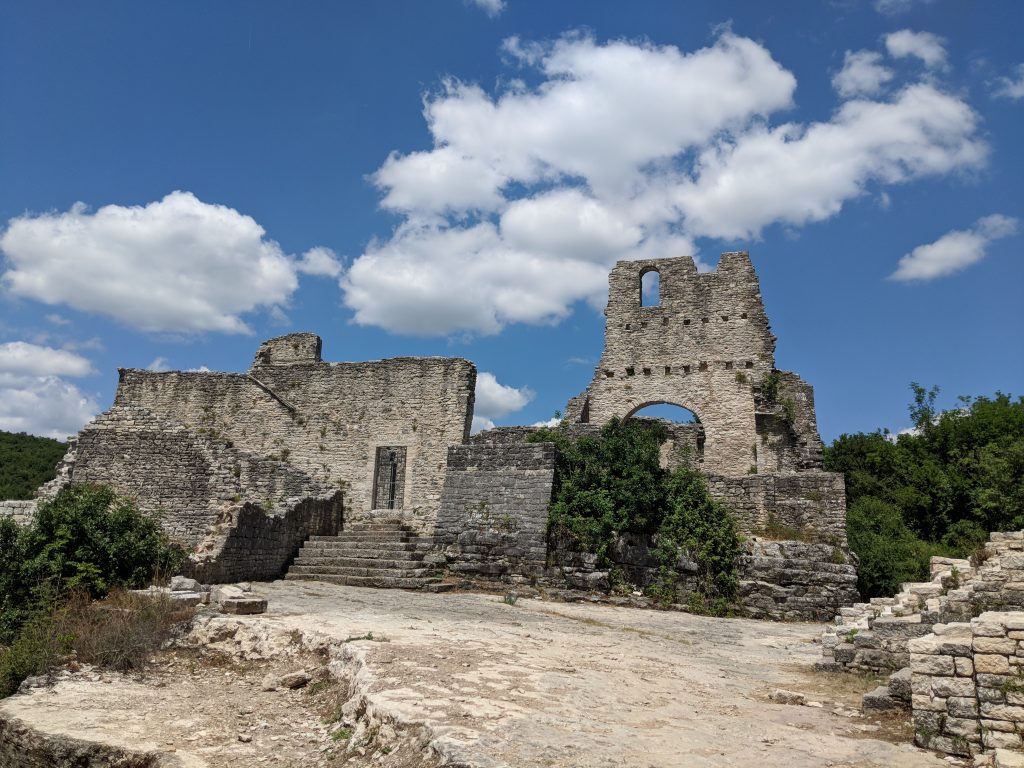
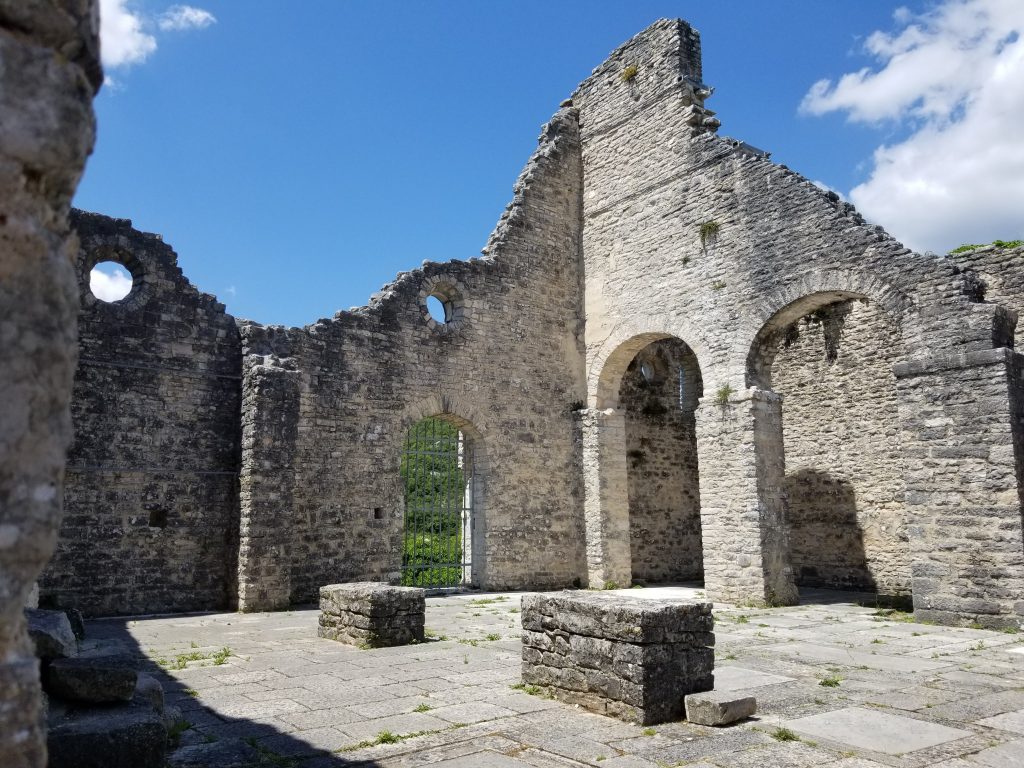
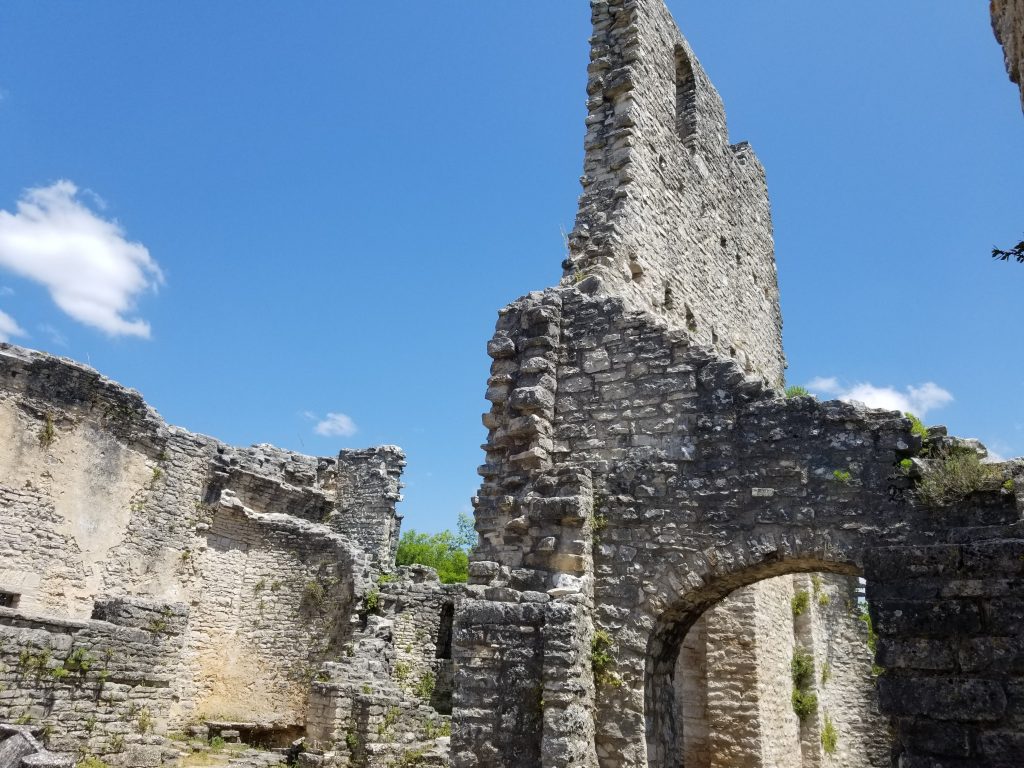
Perspective
I can’t say for sure, but I like the idea of each person in my group, stopping to take a picture of the exact same thing. In the end, all four of us saw it in a completely different way.
What a fascinating thing to analyze! The difference in choices of, “the big picture” vs. “detailed oriented,” or “landscape” vs. “portrait,” when we all were viewing the same thing.
My friends, Becky & Andrew, were sharing a camera so I can’t say for sure that both of them took a picture of the same thing. It could have been either one of them or both.
I also find it interesting that of all the amazing things we saw at Dvigrad, all four of us saw something different and appealing in this weird little cubby hole of no great significance.
I love that.
Some Fun Photos
#photobomb
I love going through photographs and seeing a face peek out unexpectedly.
Nathan in Dvigrad
I think he was caught smiling!
Sunblock…
I can be very unreasonable. I absolutely hate the smell and feel of sunblock. Glad I was convinced to let Nathan help me put it on, for my own good.
Photos were taken by me (Alicen), Nathan, Bee, or Andrew.
All information shared here about Dvigrad, I gathered from the website Istra Culture.
